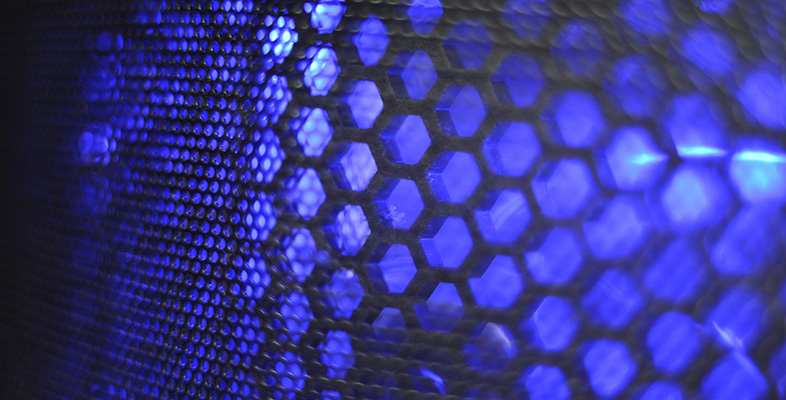4 Collaborative creativity
4.1 Introduction
Collective oeuvres* produce and sustain group solidarity. They help make a community. Works and works-in-progress create shared and negotiable ways of thinking in a group … externalising, in a word, rescues cognitive activity from implicitness, making it more public, negotiable and solidary.
(Bruner, 1996, p. 22)
*An oeuvre is normally defined as the total output of an individual writer or artist (or a substantial part of it).
New technologies, particularly the internet, electronic mail and multi-user domains can give us access to knowledge and expertise formerly unavailable in classrooms and schools. They provide new means of accessing information, as well as new forms of communication between teachers and learners. ICT can also provide greater and more flexible possibilities for creative collaborations. Across schools in Chile, for example, young students in the Enlaces Project worked together to create the first ever dictionary in native dialects by collaborating via electronic mail. The Open University's Digital Education Enhancement Project (DEEP) links students in remote and poor communities in South Africa with children in Milton Keynes and London by video conference on a monthly basis. They discuss topics of mutual interest – music, the environment, marriage, etc., in order to learn about each others' experiences, views and cultures.
In the case study that follows, the internet is used to:
provide a medium that allows students to move in unpredictable directions;
extend the range of tools currently available within the ‘subject’ discipline;
enable collaborative ‘products’.
